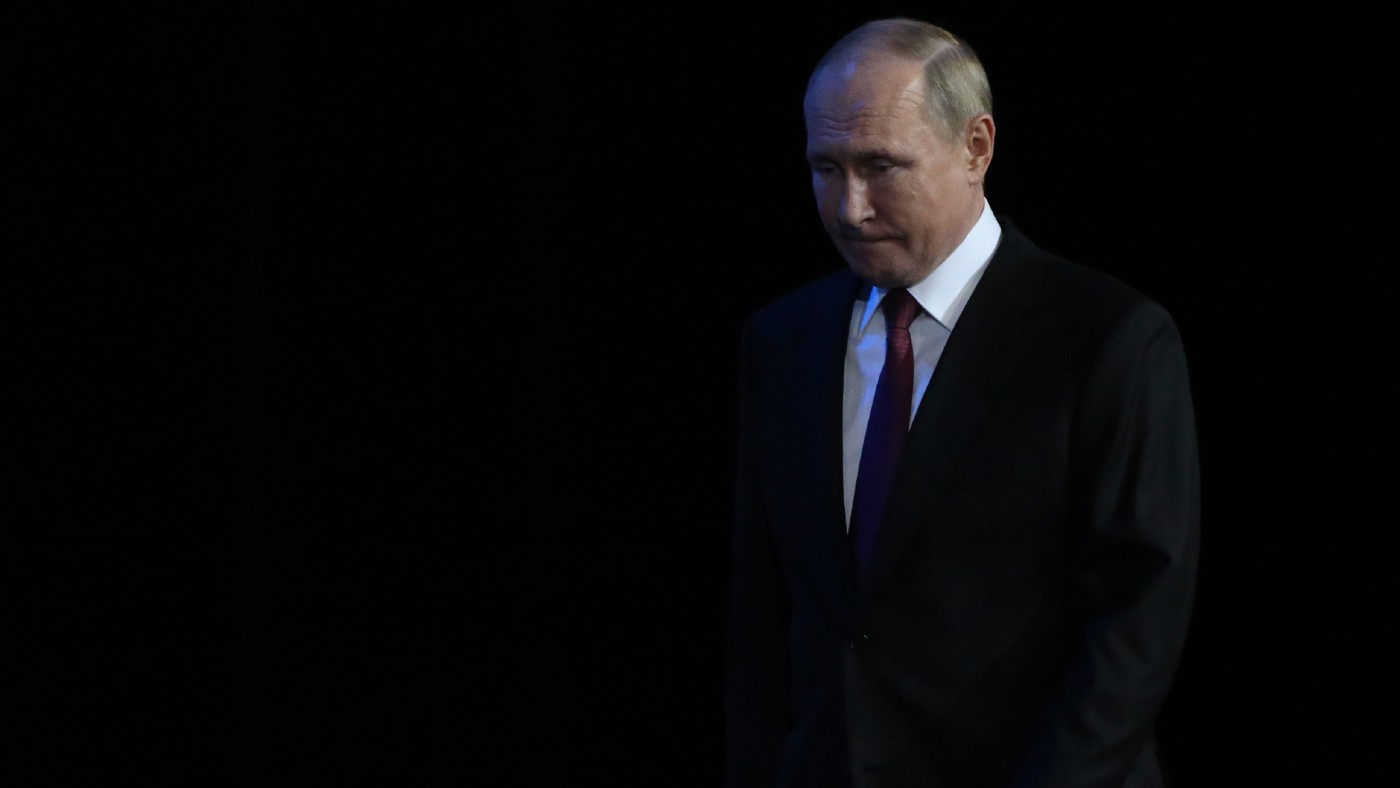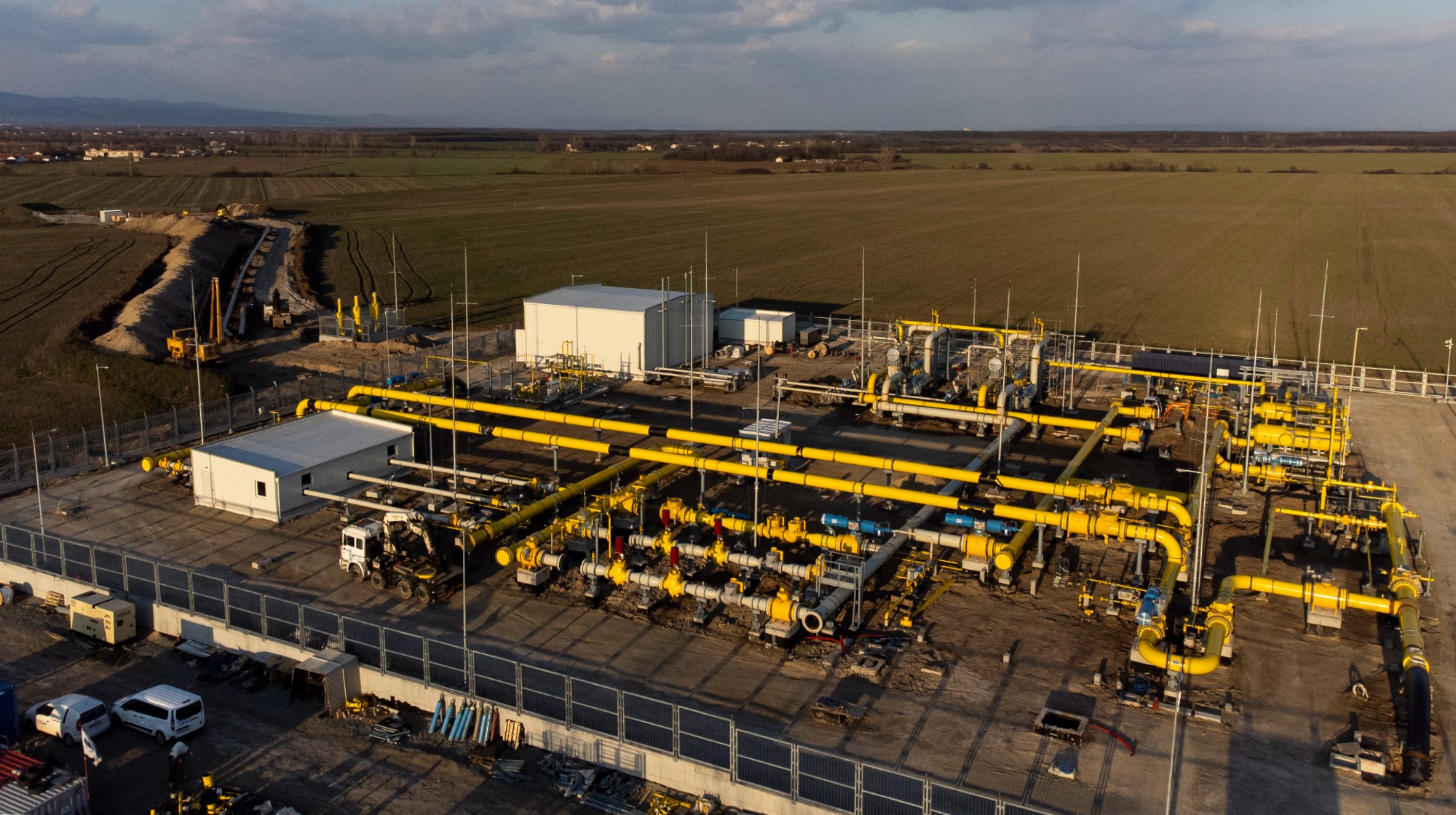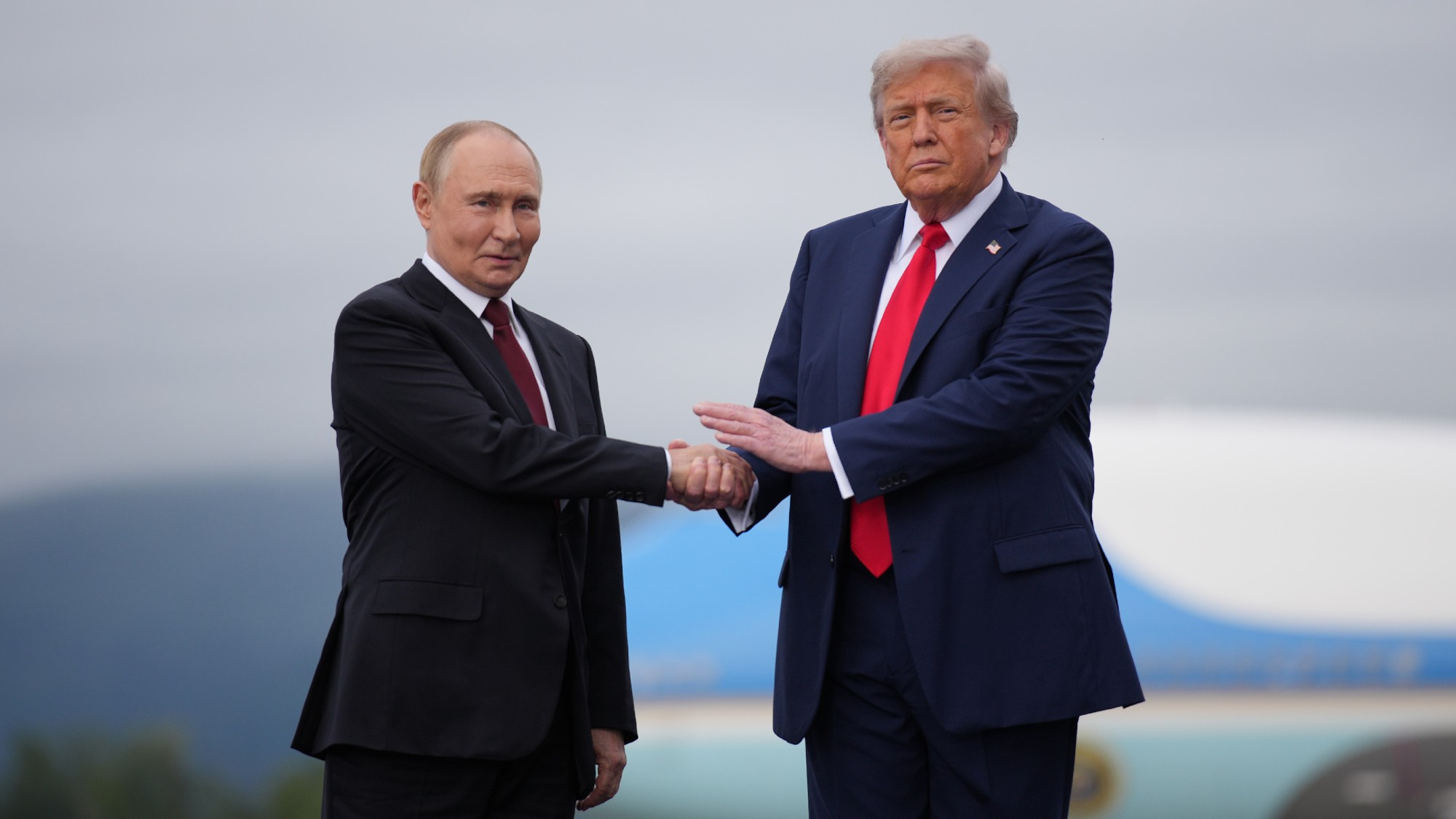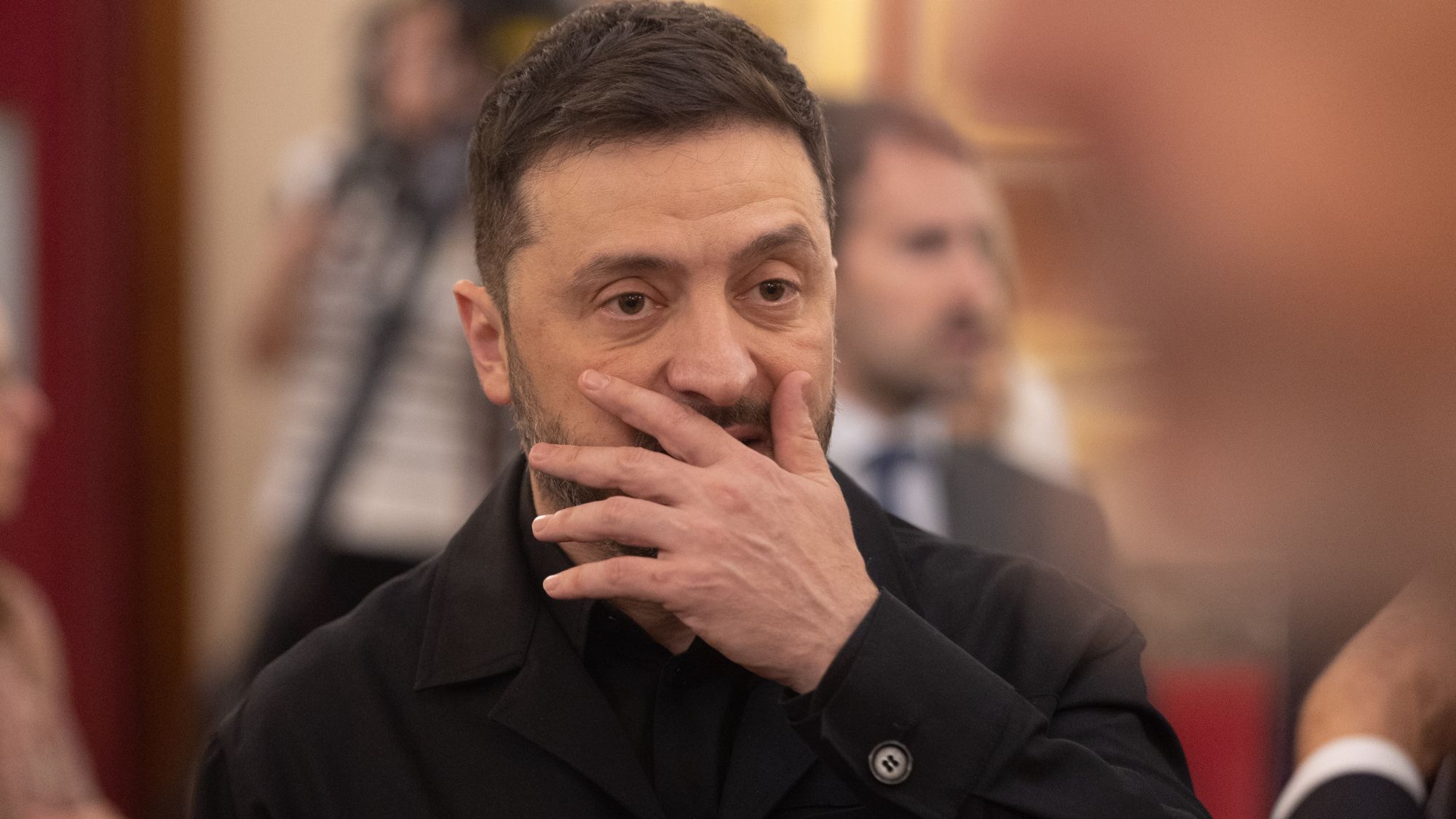Vladimir Putin’s dilemma: can he turn the tide in Ukraine?
The Russian president is painfully aware that he is in deep trouble

Predictions in war are always risky, but “the tide seems to have turned” in Ukraine, said The Economist. “Russia’s occupation is everywhere held in check”, and Ukrainian forces are “gradually – and sometimes suddenly – rolling it back”. Eventual victory seems likely.
While Russia is running down its stocks of weapons, Ukraine’s are growing more plentiful and more powerful, thanks to its Western allies. In terms of manpower, Ukraine has its whole population to call on; its army is well-trained; morale is high.
Russian losses have been terrible: 50,000 to 80,000 of its soldiers have been killed or wounded; efforts to replace them seem increasingly desperate. Last week, a video emerged apparently showing Yevgeny Prigozhin, an associate of Vladimir Putin who heads up the mercenary Wagner Group, recruiting convicts in a Russian prison. After the video went viral, Prigozhin declared: “It’s either private military companies and prisoners, or your children. Decide for yourself.”
The Week
Escape your echo chamber. Get the facts behind the news, plus analysis from multiple perspectives.

Sign up for The Week's Free Newsletters
From our morning news briefing to a weekly Good News Newsletter, get the best of The Week delivered directly to your inbox.
From our morning news briefing to a weekly Good News Newsletter, get the best of The Week delivered directly to your inbox.
Under pressure on all fronts
Putin is under pressure on all fronts, said Clara Ferreira Marques in The Washington Post. The “stunning” Ukrainian offensive early this month in Kharkiv province has effectively thwarted one of the main aims of his “special military operation”: retaking the whole eastern Donbas region, to the south of Kharkiv.
Last week, “what was supposed to be a gathering of like-minded leaders in Uzbekistan” only underlined his “weakened status”: Putin had to publicly acknowledge China’s “concerns” about the conflict in a meeting with Xi Jinping; India’s PM Narendra Modi chided him, telling him to “move onto a path of peace”. At home, Putin is being criticised ever more freely by liberals, and by nationalists who are furious about Russia’s inept military leadership.
“The growing chorus of criticism directed at the Russian leader from the most vocal cheerleaders for the assault on Ukraine is particularly troubling for Putin,” said Con Coughlin in The Daily Telegraph.
At the very moment his troops were being routed in Kharkiv, Putin visited a park in Moscow to preside over the grand opening of a Ferris wheel (which later broke). This “prompted a torrent of abuse” online. As one blogger put it: “You’re throwing a billion-ruble party. What is wrong with you? Not at the time of such horrible failure.” Kremlin spokesman Dmitry Peskov had to remind people that criticising the operation is forbidden. “The line is very, very thin,” he said. “One must be very careful here.”
A free daily email with the biggest news stories of the day – and the best features from TheWeek.com
Painfully aware he is in deep trouble
Autocratic governments find it very difficult to admit to setbacks and change course, said William Hague in The Times. But by now, Putin is painfully aware that he is in deep trouble. Plan A, the occupation of Ukraine, failed in April. Plan B, the control of the Donbas and the south, is failing. What is Plan C?
It is “partial mobilisation”, said Pjotr Sauer in The Guardian. In a highly anticipated TV address this week, Putin announced that about 300,000 Russian citizens from the armed force reserves would be drafted. This was accompanied by plans for sham referendums in Russian-occupied Ukraine, on whether these regions should become part of Russia. Putin also renewed his nuclear threats, adding that “all the means at our disposal” would be used to protect Russia (and Russia could in theory include these recently annexed parts of Ukraine). “It’s not a bluff,” he said.
“Putin is getting desperate,” said Mike Martin in The Daily Telegraph. This plan changes little. Preparing the reserves (mostly former conscripts) for combat will take at least three months. By then, Russia could have already lost, “although it is likely to take a bit longer than that”. The war has “hollowed out” the Russian armed forces. The experienced soldiers who would have trained the new recruits are either already in service or “in many cases, already dead”. Decent equipment is running very short. The Ukrainians have already “killed tens of thousands” armed with Russia’s best equipment. “Putin is sending these people to their deaths.”
Nuclear threats are mere ‘blustering’
As for the nuclear option, many analysts think that his threats are mere “blustering”, said Nick Cohen in The Spectator. In theory, Russia could use smaller tactical nuclear weapons in battle. But that would force the US and Nato into a devastating military response, as President Biden has made clear. It would turn China and most other neutral powers definitively against Russia.
In any case, using tactical nuclear weapons wouldn’t necessarily achieve much: Russia could blow up a Ukrainian-controlled town or unit, but it wouldn’t end the war. Putin is ruthless but – we have to hope – “not irrational”. Either way, the Western response should be the same, said Simon Tisdall in The Guardian. “Don’t give him an inch. Keep him on the run.” Ukraine needs everything we can give it: tanks, missile defences, jets. “Daunting challenges remain.” Russia still controls one-fifth of Ukraine’s territory. We must “ensure Ukraine wins, wins well, and wins soon”.
-
 Cryptocurrency and the future of politics
Cryptocurrency and the future of politicsIn The Spotlight From electoral campaigns to government investments, crypto is everywhere and looks like it’s here to stay
-
 Ssh! UK libraries worth travelling for
Ssh! UK libraries worth travelling forThe Week Recommends From architectural delights to a ‘literary oasis’, these are some of the best libraries around the country
-
 A fentanyl vaccine may be on the horizon
A fentanyl vaccine may be on the horizonUnder the radar Taking a serious jab at the opioid epidemic
-
 How Bulgaria’s government fell amid mass protests
How Bulgaria’s government fell amid mass protestsThe Explainer The country’s prime minister resigned as part of the fallout
-
 Europe sets 2027 deadline to wean itself from Russian gas
Europe sets 2027 deadline to wean itself from Russian gasIN THE SPOTLIGHT As negotiators attempt to end Russia’s yearslong Ukraine invasion, lawmakers across the EU agree to uncouple gas consumption from Moscow’s petrochemical infrastructure
-
 Pakistan: Trump’s ‘favourite field marshal’ takes charge
Pakistan: Trump’s ‘favourite field marshal’ takes chargeIn the Spotlight Asim Munir’s control over all three branches of Pakistan’s military gives him ‘sweeping powers’ – and almost unlimited freedom to use them
-
 Is Europe finally taking the war to Russia?
Is Europe finally taking the war to Russia?Today's Big Question As Moscow’s drone buzzes and cyberattacks increase, European leaders are taking a more openly aggressive stance
-
 Pushing for peace: is Trump appeasing Moscow?
Pushing for peace: is Trump appeasing Moscow?In Depth European leaders succeeded in bringing themselves in from the cold and softening Moscow’s terms, but Kyiv still faces an unenviable choice
-
 Femicide: Italy’s newest crime
Femicide: Italy’s newest crimeThe Explainer Landmark law to criminalise murder of a woman as an ‘act of hatred’ or ‘subjugation’ but critics say Italy is still deeply patriarchal
-
 Brazil’s Bolsonaro behind bars after appeals run out
Brazil’s Bolsonaro behind bars after appeals run outSpeed Read He will serve 27 years in prison
-
 The $100mn scandal undermining Volodymyr Zelenskyy
The $100mn scandal undermining Volodymyr ZelenskyyIn the Spotlight As Russia continues to vent its military aggression on Ukraine, ‘corruption scandals are weakening the domestic front’